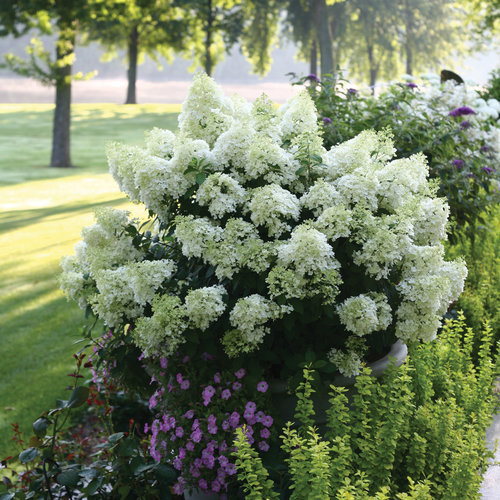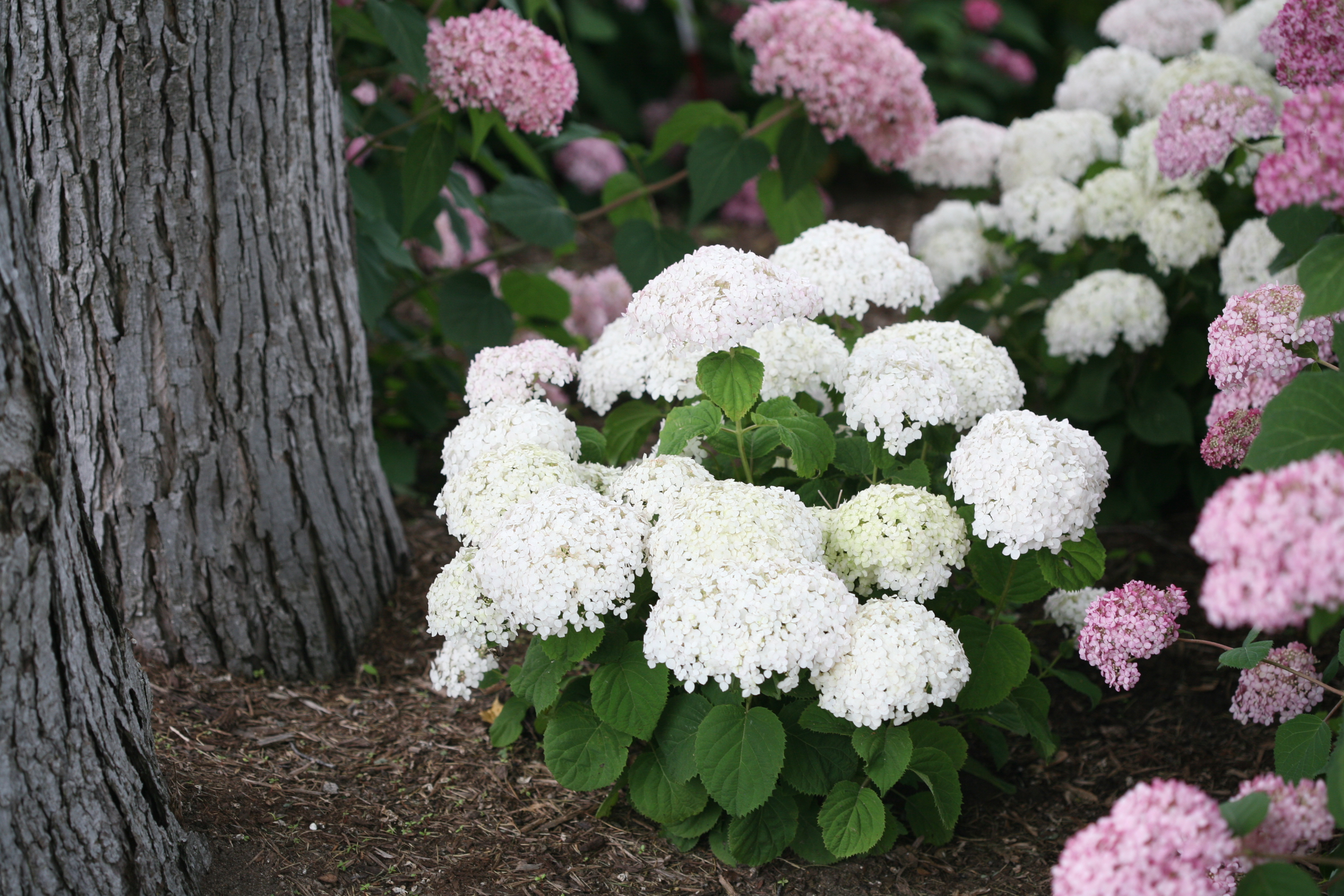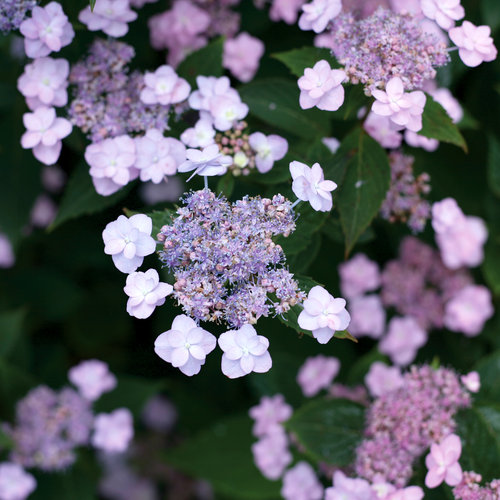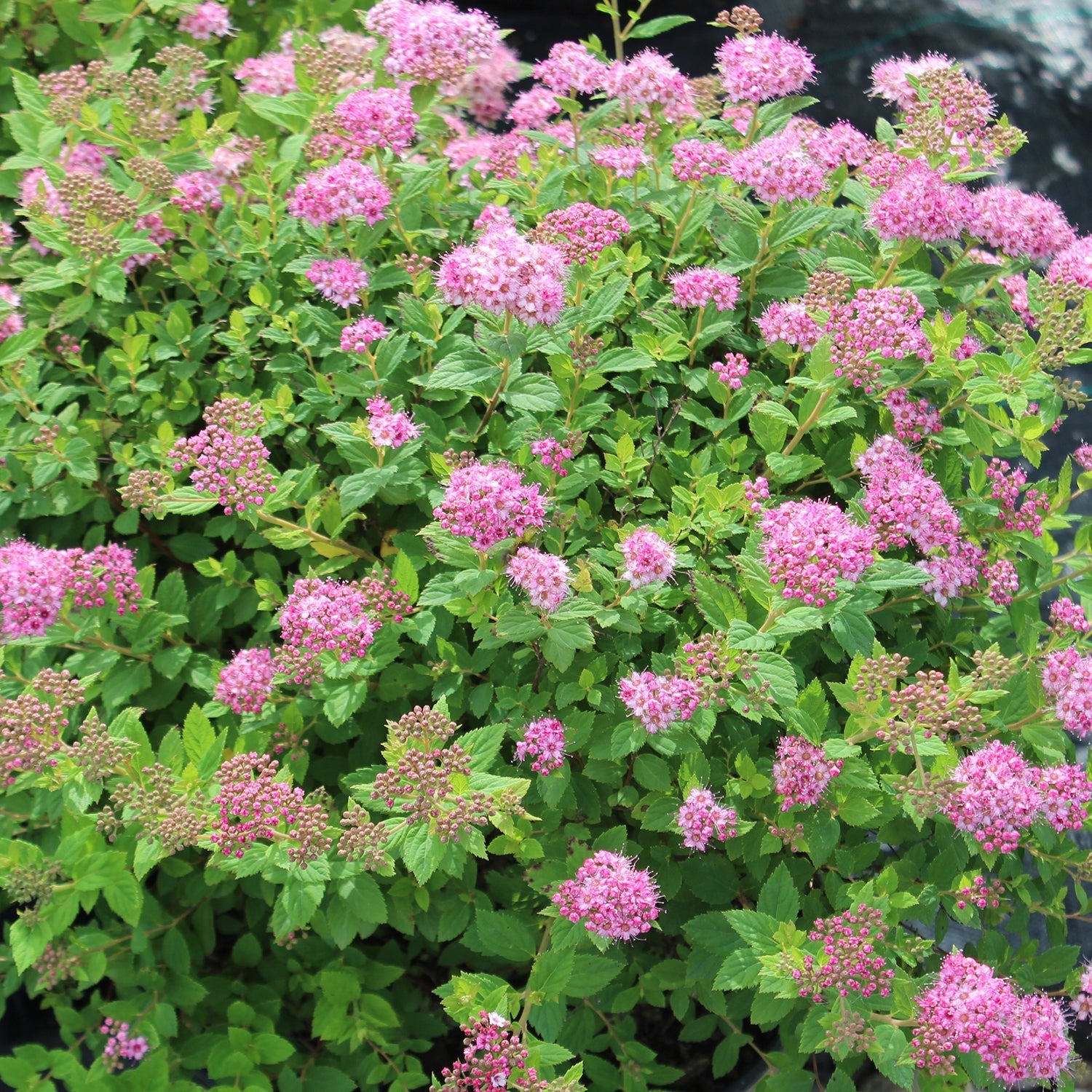Little Hydrangeas: The Perfect Flower For Small Spaces
Little Hydrangeas: The Perfect Flower for Small Spaces
Hydrangeas are some of the most popular flowers in the world, and for good reason. They're beautiful, versatile, and relatively easy to care for. But if you have a small garden or yard, you might think that hydrangeas are out of reach. However, there are actually a number of dwarf hydrangea varieties that are perfect for small spaces.
Dwarf hydrangeas are typically 3-5 feet tall and wide, making them much smaller than their standard-sized counterparts. They come in a variety of colors, including white, pink, blue, and purple. And they bloom for most of the summer, providing months of colorful beauty.
Here are some of the best dwarf hydrangea varieties for small spaces:
- Little Lime: This panicle hydrangea is known for its creamy green blooms that turn pink in the fall. It's a hardy plant that can tolerate a wide range of conditions.

- Bobo: This panicle hydrangea is a dwarf version of the popular 'Limelight' hydrangea. It has large, cone-shaped flowers that start out white and turn pink as they mature.

- Invincibelle Wee White: This lacecap hydrangea is a compact shrub with large, white flowers. It's a low-maintenance plant that's perfect for foundation plantings.

- Tiny Tuff Stuff: This smooth hydrangea is the smallest hydrangea available. It grows to be only 1-2.5 feet tall and wide, making it a great choice for containers or small gardens.

Dwarf hydrangeas are easy to care for. They prefer full sun to partial shade and moist, well-drained soil. They should be pruned in the spring to encourage new growth and flowering.
With their small size, beautiful flowers, and easy care, dwarf hydrangeas are the perfect choice for small spaces. So if you're looking for a beautiful flower that won't take up too much room, a dwarf hydrangea is a great option.
[Main Content]
Choosing the Right Dwarf Hydrangea
There are many different dwarf hydrangea varieties to choose from, so it's important to do your research to find the right one for your needs. Here are a few factors to consider when choosing a dwarf hydrangea:
- Size: Dwarf hydrangeas come in a variety of sizes, so you'll need to choose one that will fit in your space. If you have a small garden or yard, you'll want to choose a dwarf hydrangea that's 3-5 feet tall and wide.
- Color: Dwarf hydrangeas come in a variety of colors, including white, pink, blue, and purple. Choose a color that will complement the other plants in your garden.
- Bloom time: Dwarf hydrangeas bloom for most of the summer, but some varieties bloom earlier or later than others. Choose a variety that will bloom during the time of year when you want it to.
- Hardiness: Dwarf hydrangeas are generally hardy in zones 3-8, but some varieties are more cold-hardy than others. If you live in a cold climate, you'll want to choose a variety that's hardy in your zone.
Planting and Care
Dwarf hydrangeas are easy to plant and care for. They prefer full sun to partial shade and moist, well-drained soil. They should be planted in the spring or fall.
After planting, water your dwarf hydrangea regularly, especially during the first year. Fertilize your hydrangea in the spring with a balanced fertilizer.
Dwarf hydrangeas should be pruned in the spring to encourage new growth and flowering. Prune back any dead, diseased, or damaged branches. You can also prune back any branches that are crossing or rubbing against each other.
[Conclusion]
Dwarf hydrangeas are a beautiful and versatile addition to any garden. They're perfect for small spaces, and they're easy to care for. With their colorful blooms and long flowering season, dwarf hydrangeas will add a touch of beauty to your garden for months to come.
Little hydrangeas are a beautiful and delicate flower that is perfect for adding a touch of elegance to any garden. These flowers come in a variety of colors, including blue, pink, white, and purple. They are also relatively easy to care for, making them a great choice for even the most novice gardener.
If you are interested in learning more about little hydrangeas, I recommend visiting the website . This website has a wealth of information about these flowers, including their history, care tips, and varieties. You can also find beautiful photos of little hydrangeas on this website.
I hope this information helps!
FAQ of little hydrangea
Q: What is a little hydrangea?
A: A little hydrangea is a type of hydrangea that is smaller than the more common large hydrangeas. They typically grow to be 2-3 feet tall and wide, and have smaller flowers. Little hydrangeas are often used in rock gardens, borders, or as container plants.
Q: What are the different types of little hydrangeas?
A: There are several different types of little hydrangeas, including:
- H. serrata, also known as the Japanese hydrangea, is a hardy shrub that can grow in USDA zones 4-9. It has small, white or pink flowers that bloom in the summer.
- H. paniculata, also known as the panicle hydrangea, is a taller shrub that can grow to be 6-8 feet tall. It has large, cone-shaped flowers that bloom in the summer.
- H. macrophylla, also known as the mophead hydrangea, is a popular type of hydrangea that has large, round flowers. It can grow to be 4-6 feet tall.
Q: How do I care for a little hydrangea?
A: Little hydrangeas are relatively easy to care for. They prefer full sun to partial shade and moist, well-drained soil. They should be watered regularly, especially during the summer months. Little hydrangeas can be pruned in the spring to remove dead or damaged branches.
Q: How do I get my little hydrangea to bloom?
A: Little hydrangeas need cool nights and warm days to bloom. If you live in a warm climate, you may need to artificially cool your plant at night. You can also fertilize your plant with a balanced fertilizer in the spring.
Q: What are some common problems with little hydrangeas?
A: Some common problems with little hydrangeas include:
- Leaf spot: This is a fungal disease that can cause brown or yellow spots on the leaves.
- Pests: Little hydrangeas can be susceptible to pests such as aphids, scale, and spider mites.
- Drought stress: Little hydrangeas need regular watering, especially during the summer months. If they do not get enough water, they may wilt or drop their leaves.
Image of little hydrangea
- Little Lime Hydrangea: This is a compact variety of hydrangea that grows to about 3 feet tall. The flowers are a light lime green color and bloom in the summer.

- Little Annabelle Hydrangea: This is another compact variety of hydrangea that grows to about 3 feet tall. The flowers are a large, rounded cluster of white flowers that bloom in the summer.

- Little Elfin Hydrangea: This is a dwarf variety of hydrangea that grows to about 1 foot tall. The flowers are a light pink color and bloom in the summer.
- Little Princess Hydrangea: This is a miniature variety of hydrangea that grows to about 6 inches tall. The flowers are a light blue color and bloom in the summer.

- Little Limelight Hydrangea: This is a compact variety of hydrangea that grows to about 4 feet tall. The flowers are a light lime green color and bloom in the summer.

Post a Comment for "Little Hydrangeas: The Perfect Flower For Small Spaces"